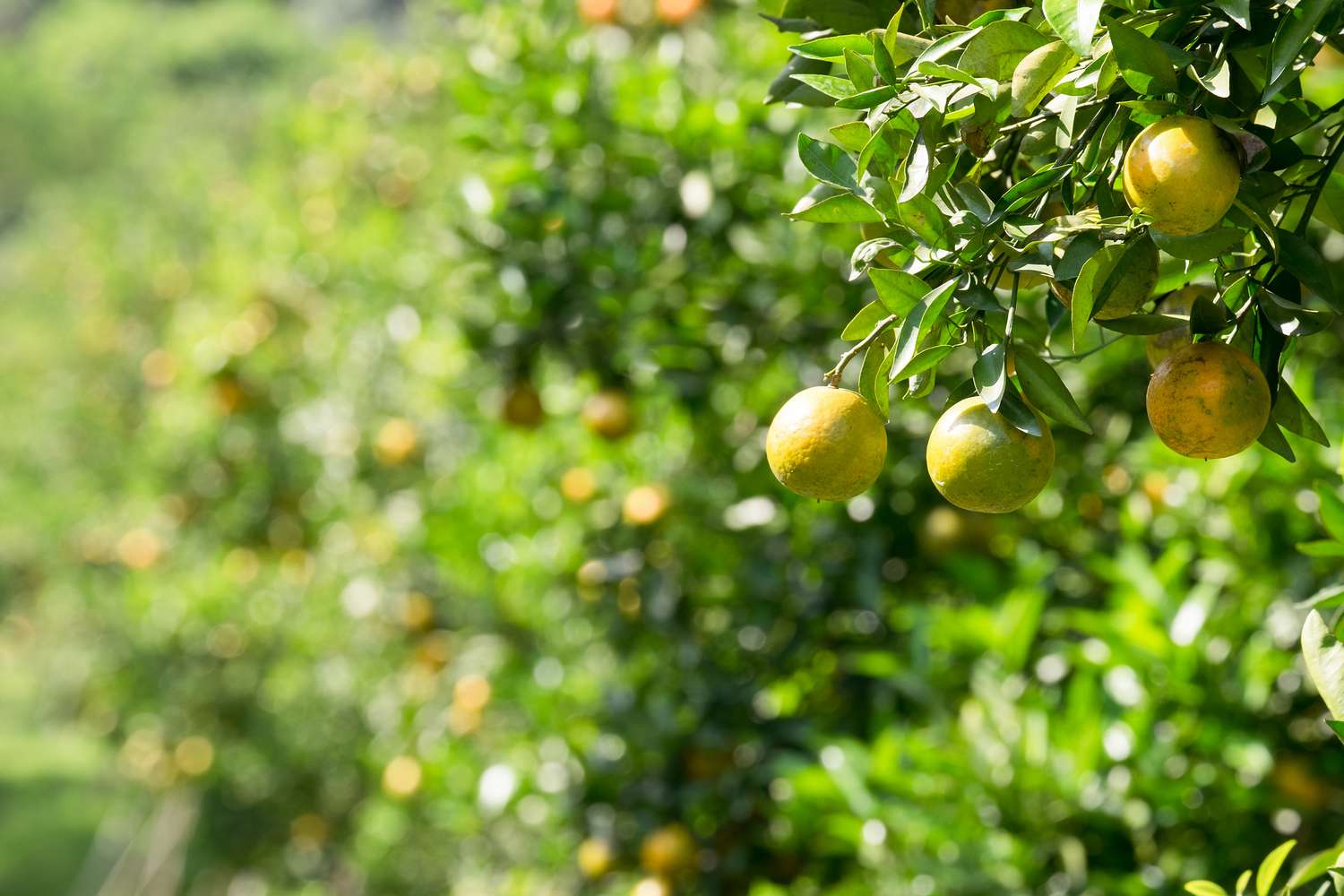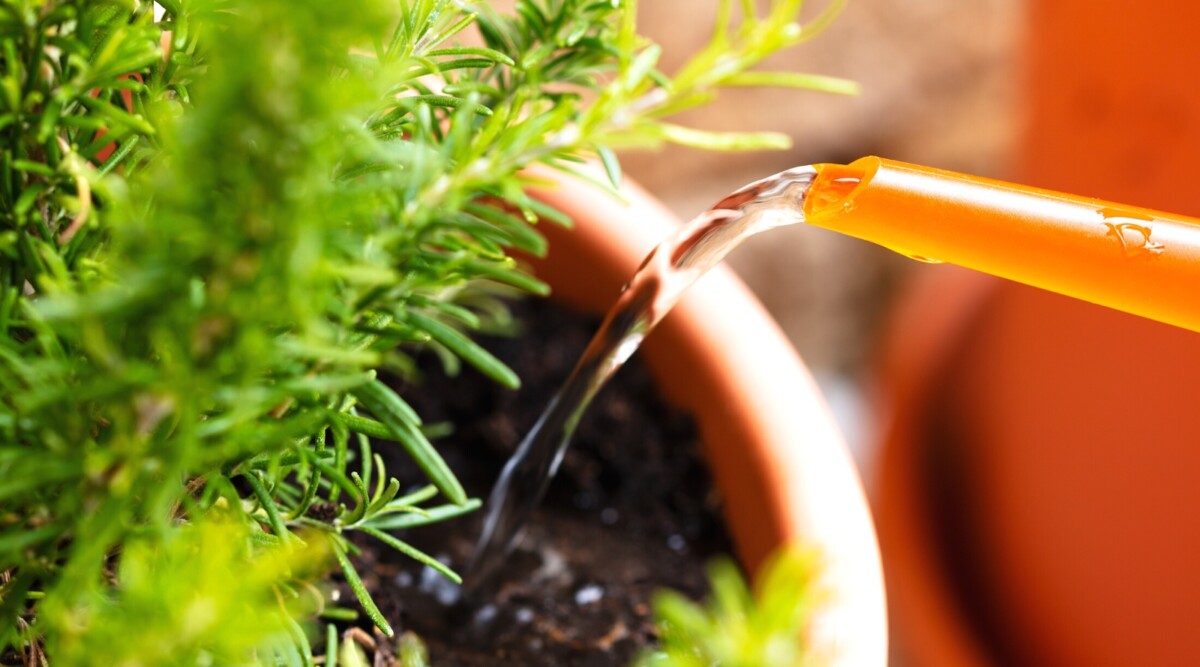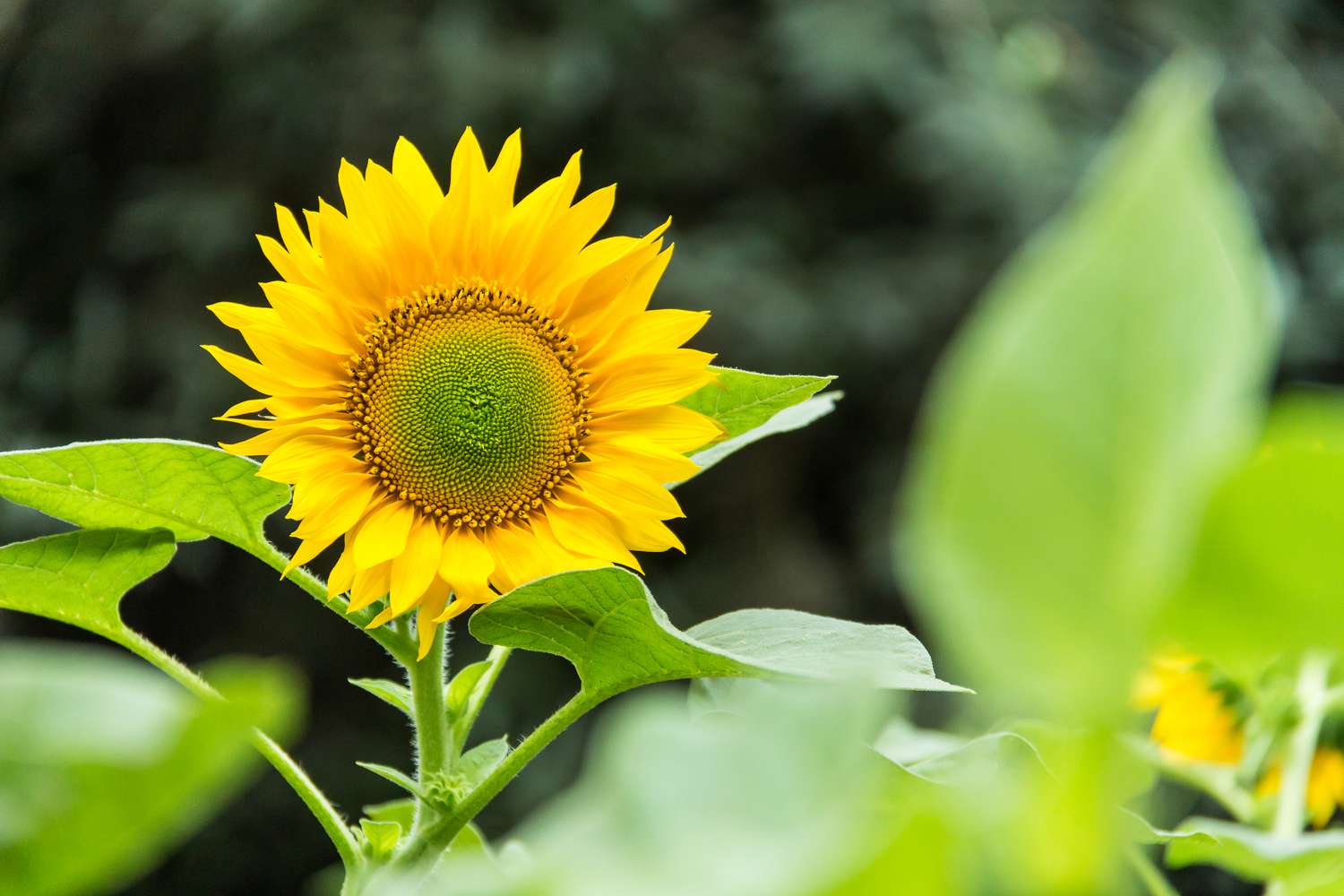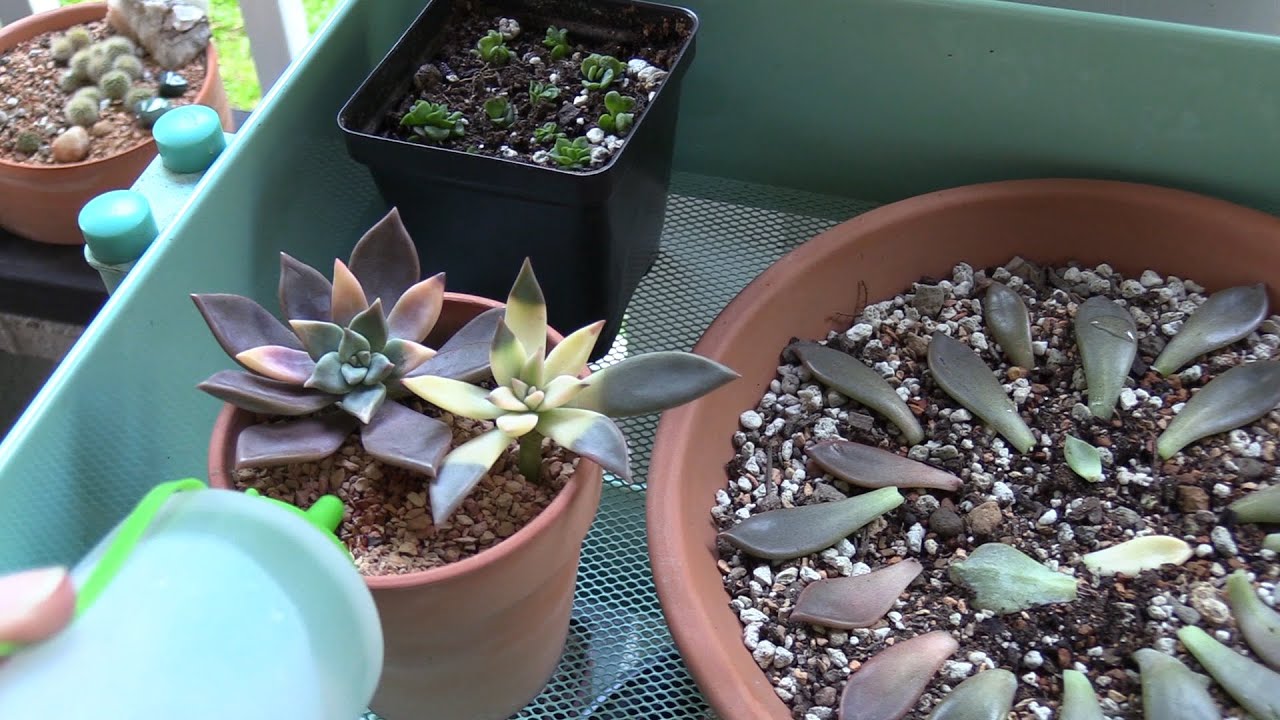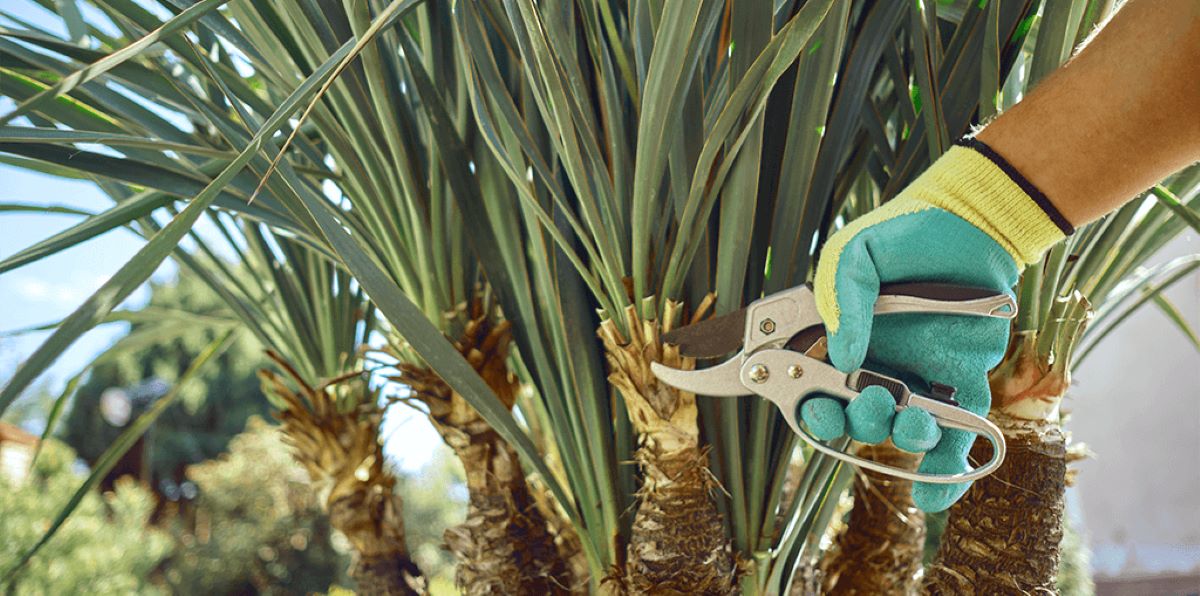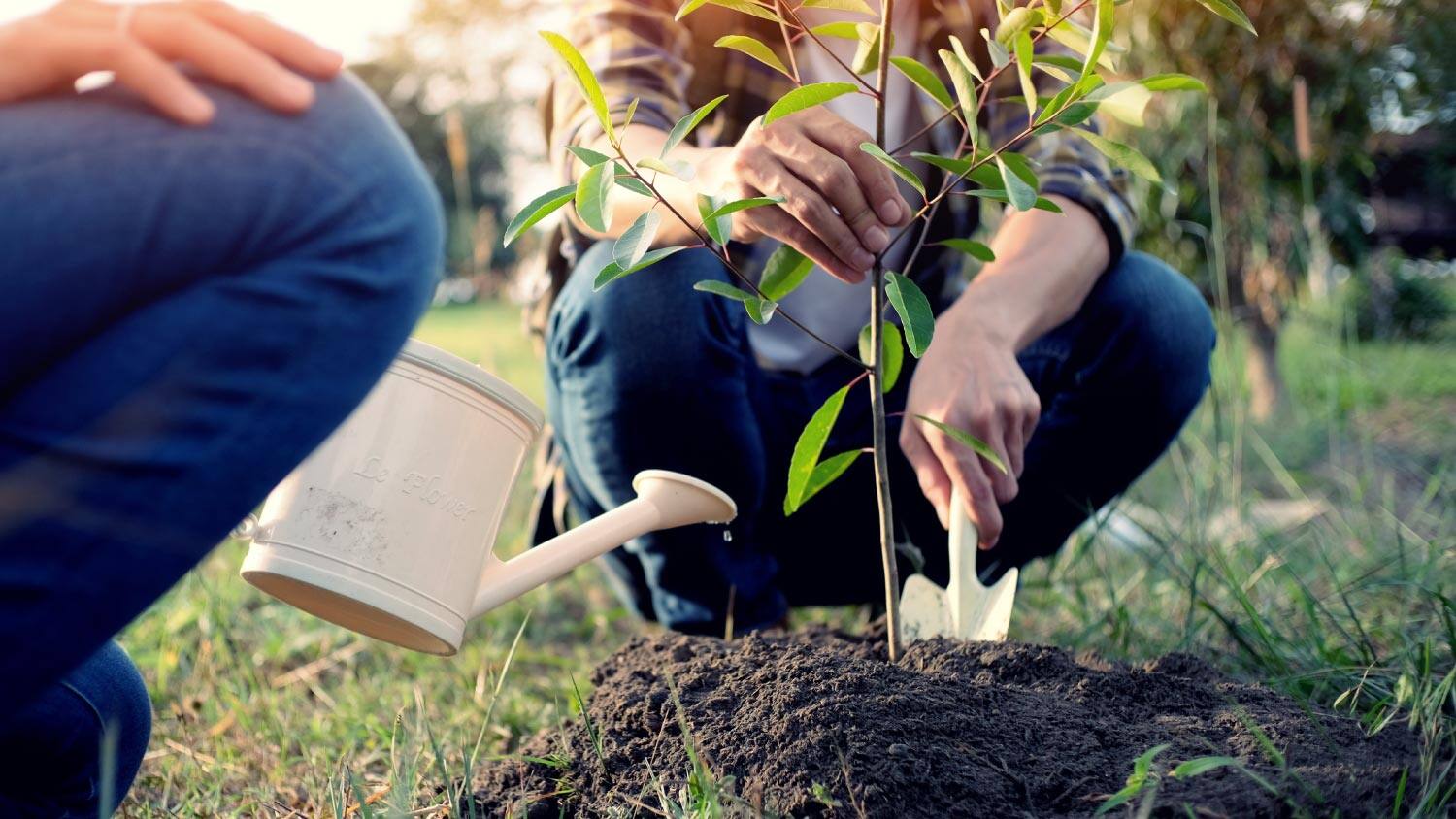Home>Gardening Techniques>Plant Care>How Often Should You Water Palm Trees
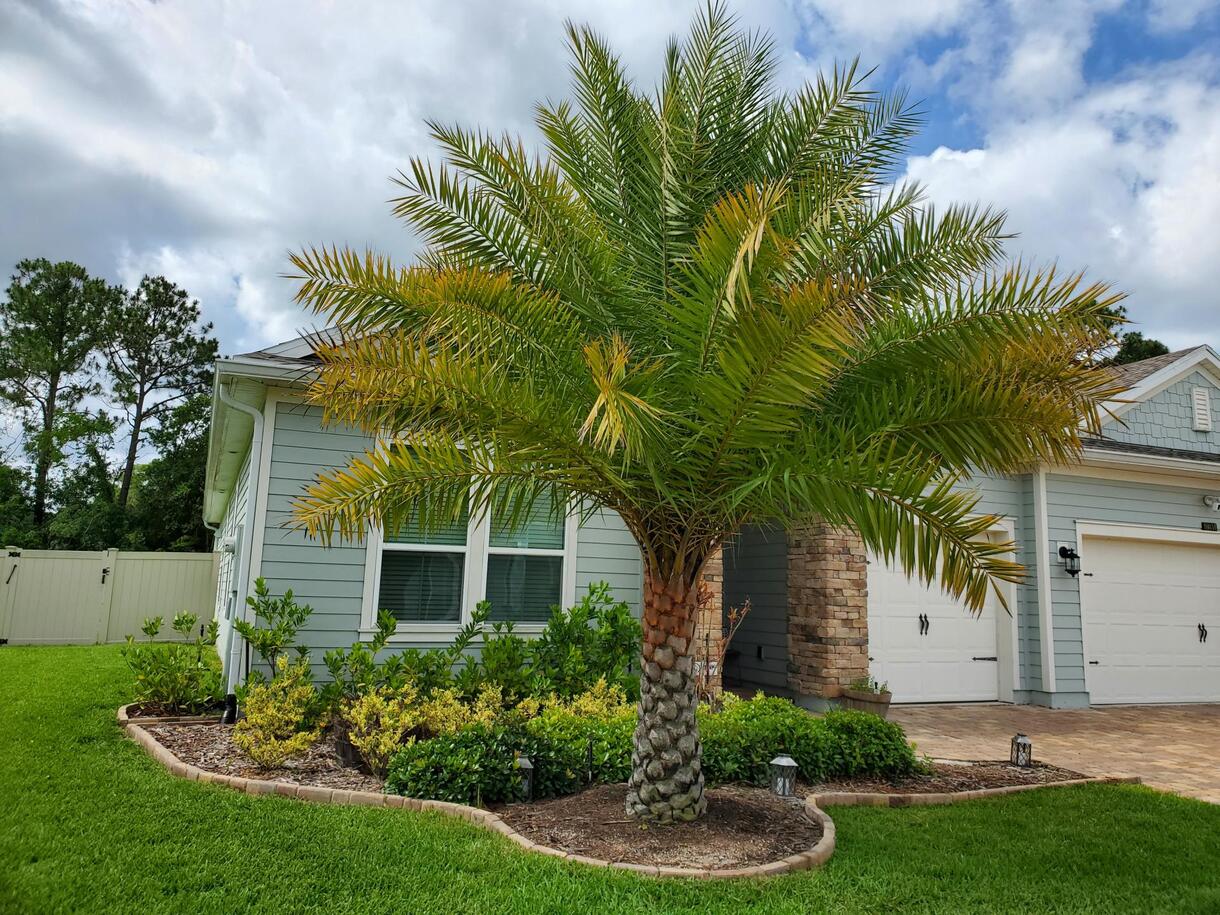

Plant Care
How Often Should You Water Palm Trees
Published: October 29, 2023
Discover the proper plant care for palm trees, including watering frequency and tips on how often to water, to ensure their health and vitality.
(Many of the links in this article redirect to a specific reviewed product. Your purchase of these products through affiliate links helps to generate commission for Chicagolandgardening.com, at no extra cost. Learn more)
Table of Contents
Introduction
Watering is a crucial aspect of plant care, and palm trees are no exception. These majestic trees, with their iconic fan-like leaves and tropical appeal, require proper hydration to thrive and maintain their lush green appearance. However, determining the right watering frequency for palm trees can be a challenge for many plant enthusiasts.
Palm trees are native to regions with warm climates and abundant rainfall, which means they have adapted to receive a consistent water supply. In the wild, they can access underground water sources or rely on periodic rainfall. When growing palm trees in different environments, such as in gardens or indoor pots, it becomes essential to mimic their natural watering conditions as closely as possible.
The optimal watering frequency for palm trees depends on various factors, including the species of the palm, climate, soil type, and stage of growth. Some palm tree species, like the Queen Palm or the Majesty Palm, have higher water requirements than others. It is crucial to consider these factors to avoid overwatering or underwatering your palm trees, both of which can be detrimental to their health.
Overwatering can lead to root rot, fungal diseases, and nutrient deficiencies as excess water hampers the oxygen supply to the roots. On the other hand, underwatering can cause wilting, yellowing of leaves, and stunted growth by depriving the roots of much-needed water and nutrients.
In this article, we will discuss the factors to consider when determining the watering frequency for palm trees, signs of overwatering and underwatering, watering techniques, and additional tips to ensure your palm trees stay healthy and vibrant. By following these guidelines and understanding the specific needs of your palm tree species, you can provide the ideal environment for their growth and create a beautiful tropical oasis right in your own backyard or indoor space.
Factors to Consider
When determining the appropriate watering frequency for palm trees, it is crucial to take into account several factors that can influence their water requirements. By considering these factors, you can provide your palm trees with the optimal hydration they need to thrive.
1. Species of the Palm: Different palm tree species have varying water needs. Some varieties, such as the Areca Palm or the Kentia Palm, prefer slightly drier conditions, while others, such as the Coconut Palm or the Sago Palm, require more frequent watering. Research the specific watering requirements of your palm tree species to ensure you are providing the right amount of water.
2. Climate: The climate in which your palm tree is growing plays a significant role in determining its watering frequency. In hot and dry climates, palm trees may require more frequent watering to compensate for the increased evaporation. Conversely, in cooler and more humid climates, palm trees may need less frequent watering.
3. Soil Type: The type of soil in which your palm tree is planted can affect its water retention and drainage capabilities. Sandy or well-draining soils tend to dry out more quickly, requiring more frequent watering. In contrast, clay or loamy soils retain water for longer periods, necessitating less frequent watering.
4. Stage of Growth: The growth stage of your palm tree can also influence its water requirements. Newly planted or young palm trees typically require more frequent watering to establish their root systems. As they mature, their water needs may decrease. Adjust your watering schedule accordingly based on the age and development of your palm tree.
5. Weather Conditions: Pay attention to current and forecasted weather conditions as they can impact your palm tree”s water requirements. If there has been significant rainfall, you may need to reduce or skip watering temporarily. Conversely, during dry spells or periods of intense heat, you may need to increase the frequency of watering.
By considering these factors, you can develop a customized watering schedule that meets the specific needs of your palm trees. Remember to regularly assess and adjust your watering routine as these factors may change over time. This will help ensure your palm trees receive the optimal amount of water for their growth and overall health.
Watering Frequency Guidelines
Determining the right watering frequency for your palm trees is essential to maintain their health and vitality. While there is no one-size-fits-all approach, here are some general guidelines to help you establish a suitable watering routine:
- Established Palm Trees: Once your palm tree has become established and developed a strong root system, you can typically reduce the frequency of watering. In general, watering every 7-10 days should be sufficient for established palm trees. However, keep an eye on weather conditions and adjust accordingly.
- Newly Planted Palm Trees: Newly planted palm trees require more frequent watering to aid in the establishment of their roots. Watering two to three times per week for the first few months after planting is recommended. Gradually reduce the frequency as the tree develops and adapts to its new environment.
- Sandy or Fast-Draining Soils: If your palm tree is planted in sandy or fast-draining soils that dry out quickly, you may need to water more frequently. In these cases, watering every 4-6 days may be necessary to ensure adequate moisture penetrates the root zone.
- Clay or Loamy Soils: If your palm tree is planted in clay or loamy soils that retain moisture well, you can typically water less frequently. Aim for a watering frequency of once every 10-14 days to avoid waterlogged conditions.
- Hot and Dry Climates: In regions with hot and dry climates, where evaporation rates are high, it may be necessary to increase the watering frequency. Watering every 5-7 days or even every 3-4 days during extreme heatwaves can help prevent drought stress.
Remember to monitor the soil moisture level to avoid overwatering or underwatering. A simple way to check if your palm tree needs watering is to insert your finger into the soil about 2-3 inches deep. If it feels dry at that depth, it’s time to water. However, if the soil feels moist, it’s best to wait a bit longer before watering again.
Keep in mind that these guidelines serve as a starting point, and you should always consider the specific needs and conditions of your palm trees. Factors such as species, climate, soil type, and stage of growth will influence the watering frequency. By observing your palm trees closely and making adjustments as needed, you will be able to provide them with the appropriate amount of water to thrive.
Signs of Overwatering
Overwatering can be detrimental to the health of palm trees, as it can lead to root rot, fungal infections, and other issues. It is important to be able to recognize the signs of overwatering so that you can take corrective measures promptly. Here are some common indicators of overwatering to look out for:
- Yellowing or Browning Leaves: One of the most noticeable signs of overwatering is when the leaves of your palm tree start turning yellow or brown. This occurs because excess water limits the root’s access to oxygen, leading to nutrient deficiencies and poor growth.
- Wilting or Drooping Fronds: Overwatered palm trees may exhibit wilting or drooping fronds, even though the soil may be moist. This is a result of the roots becoming waterlogged and unable to absorb water properly. The fronds may appear limp or lifeless.
- Soft, Mushy, or Smelly Roots: If you suspect overwatering, carefully inspect the roots of your palm tree. Healthy roots should be firm and white. However, overwatered plants may have roots that are soft, mushy, or emit a foul odor. This is an indication of root rot, a condition that can be fatal if not addressed promptly.
- Stunted Growth: Overwatering inhibits the absorption of essential nutrients by the roots, leading to stunted growth. If you notice that your palm tree is not growing as expected, overwatering could be a contributing factor.
- Pest and Disease Issues: Excess moisture creates a favorable environment for pests and diseases to thrive. If you observe an increased presence of pests, such as fungus gnats or root aphids, or notice signs of fungal infections, such as mold or mildew, it could be a result of overwatering.
If you notice any of these signs, it is imperative to adjust your watering practices to prevent further damage to your palm tree. Allow the soil to dry out between waterings and reduce the frequency of watering. Ensure that your palm tree is planted in well-draining soil and that the pot or planting area has proper drainage. If the root rot is severe, you may need to repot the palm tree in fresh, well-draining soil.
Remember, prevention is key when it comes to overwatering. Be mindful of the moisture levels in the soil, consider the specific needs of your palm tree species, and adjust watering accordingly. By maintaining a proper balance of water and allowing the roots to breathe, you will help your palm trees reach their full potential and thrive.
Signs of Underwatering
Underwatering can have a detrimental effect on palm trees, causing them stress and hindering their growth and development. It is crucial to recognize the signs of underwatering so that you can provide your palm trees with the necessary hydration. Here are some common signs to look out for:
- Wilting and Drooping Leaves: One of the primary indicators of underwatering is when the leaves of your palm tree start to wilt and droop. The lack of water affects the turgidity of the leaves, resulting in a limp and lifeless appearance.
- Dry and Crispy Leaves: Underwatered palm trees may exhibit dry and crispy leaves. The lack of water causes the leaves to lose moisture, resulting in a brittle texture and brownish coloration. In severe cases, the leaves may even become desiccated and fall off.
- Slow Growth: Insufficient water supply can significantly slow down the growth of your palm tree. If you notice that your palm tree is not showing signs of new growth or is not increasing in size as expected, underwatering may be a contributing factor.
- Yellowing or Browning Fronds: When a palm tree is not receiving enough water, its fronds may start to turn yellow or brown. This is an indication that the tree is diverting its limited water reserves to support vital functions, resulting in the discoloration of older fronds.
- Dry and Cracked Soil: Check the moisture level of the soil around your palm tree. Underwatered plants often have dry, cracked soil. If the soil feels dry to the touch even a few inches deep, it is a sign that your palm tree is not receiving enough water.
If you notice any of these signs of underwatering, it is essential to adjust your watering practices to ensure your palm tree receives sufficient hydration. Increase the frequency of watering and ensure that the water reaches the root zone. Providing a thorough and deep watering will encourage the roots to grow deeper into the soil in search of moisture.
However, be cautious not to overcompensate and overwater your palm tree. Find the right balance by regularly monitoring the soil moisture and adjusting the watering schedule accordingly. It is also important to note that different palm tree species have varying water requirements, so understanding the specific needs of your palm tree will aid in preventing underwatering.
In addition to adjusting your watering routine, consider other factors that can contribute to underwatering, such as excessively hot or dry weather, or inadequate drainage in the planting area. Providing shade during periods of intense heat and improving the soil’s drainage can help mitigate the risk of underwatering.
By recognizing the signs of underwatering and taking appropriate measures to address the issue, you can promote the health and vitality of your palm trees, ensuring their long-term growth and beauty.
Watering Techniques
Proper watering techniques are essential in ensuring the overall health and well-being of your palm trees. By employing the right methods, you can optimize water absorption, promote deep root growth, and prevent common issues associated with overwatering or underwatering. Here are some effective watering techniques to consider:
- Deep Watering: When watering your palm tree, it is crucial to provide a deep watering rather than a shallow one. Instead of just moistening the topsoil, aim to penetrate the root zone. Water slowly and deeply, allowing the water to saturate the soil and reach the roots. This encourages the roots to grow deeper into the ground in search of moisture.
- Morning Watering: It is advisable to water your palm trees in the morning hours. Watering early in the day allows the excess moisture on the leaves to evaporate quickly, reducing the risk of fungal diseases. Additionally, watering in the morning allows the palm tree to take up the water during the day, promoting healthy growth.
- Avoid Frequent Light Watering: Instead of watering your palm tree frequently with small amounts of water, focus on providing a thorough watering less often. Frequent light watering can promote shallow root growth and make the palm tree more susceptible to drought stress.
- Consider Drip Irrigation: Drip irrigation is an effective method for watering palm trees, especially in large gardens or commercial landscapes. It delivers water directly to the root zone, minimizing water loss through evaporation and ensuring efficient water distribution. Drip emitters can be placed around the palm tree’s root zone, allowing for slow and targeted watering.
- Mulch: Applying a layer of organic mulch around the base of your palm tree can be beneficial in conserving moisture and regulating soil temperature. Mulch helps retain soil moisture, reducing the need for frequent watering. Additionally, it prevents weeds from competing for water and provides insulation against temperature extremes.
- Monitor Soil Moisture: Regularly check the moisture level of the soil around your palm tree to ensure it is within the optimal range. Use your finger or a moisture meter to gauge the soil’s moisture content. Adjust the watering frequency based on the moisture level to prevent overwatering or underwatering.
Remember to consider the specific needs of your palm tree species and the environmental conditions in your area when applying these watering techniques. Adapting your watering routine to the unique requirements of your palm trees will help promote their overall health, growth, and resilience.
Additional Tips and Considerations
Taking care of palm trees involves more than just knowing how often to water them. Here are some additional tips and considerations to keep in mind to ensure the optimal health and well-being of your palm trees:
- Proper Drainage: Ensure that the planting area or the pot has proper drainage to allow excess water to escape. Poor drainage can lead to waterlogged soil, causing root rot and other issues.
- Fertilization: Palm trees have specific nutritional requirements. Consider fertilizing your palm trees with a slow-release palm-specific fertilizer to provide them with the essential nutrients they need for healthy growth. Follow the manufacturer’s instructions for application rates and timings.
- Pruning: Regular pruning can help maintain the health and aesthetics of your palm trees. Remove any dead or yellowing fronds, as well as any diseased or damaged areas. Pruning can improve air circulation and prevent the buildup of debris that can attract pests or harbor diseases.
- Pest Control: Keep an eye out for common palm tree pests such as scale insects, spider mites, or palm weevils. Regularly inspect your palm trees for signs of pest infestation and take appropriate measures, such as applying organic pest control methods or seeking professional assistance if necessary.
- Protection From Frost: If you live in an area prone to frost or freezing temperatures, protect your palm trees by covering them with frost blankets or burlap during cold spells. You can also use anti-transpirant sprays to reduce water loss through the leaves and minimize the risk of cold damage.
- Monitor Soil pH: Palm trees prefer slightly acidic to neutral soil. Regularly check the pH level of the soil and make adjustments if necessary. Acidic soil can be amended with calcitic or dolomitic lime, while alkaline soil can be treated with sulfur-based additives.
- Know Your Palm Tree: Different palm tree species have specific care requirements. Research and understand the specific needs and characteristics of your palm tree species, such as light preferences, temperature tolerance, and susceptibility to diseases, to provide the best care possible.
By following these additional tips and considerations, you can create a favorable environment for your palm trees to thrive. Remember that each palm tree is unique, and it may require some trial and error to find the ideal care routine. The key is to observe your palm trees closely, adapt to their changing needs, and provide the necessary care to keep them healthy and beautiful for years to come.
Conclusion
Caring for palm trees involves understanding their specific watering needs and providing them with optimal hydration. By considering factors such as species, climate, soil type, and growth stage, you can determine the appropriate watering frequency for your palm trees. Overwatering can lead to root rot and other problems, while underwatering can cause wilting and stunted growth.
To ensure the health and vitality of your palm trees, it is essential to recognize the signs of overwatering and underwatering. Adjust your watering practices accordingly, providing deep watering and monitoring soil moisture levels. Employing proper watering techniques, such as morning watering and mulching, can also help maintain optimal soil moisture levels.
In addition to watering, consider other aspects of palm tree care, including pruning, fertilization, pest control, protection from frost, and soil pH monitoring. Being attentive to these factors will contribute to the overall health and well-being of your palm trees.
Remember that each palm tree is unique, and it may take some time to find the perfect balance in watering and care routines. With observation, adjustments, and proper attention, you can create a thriving and beautiful palm tree oasis in your garden or indoor space.
So, whether you have a majestic Queen Palm, a graceful Areca Palm, or any other beloved palm tree species, with the right watering knowledge and techniques, you can provide the optimal environment for their growth. Embrace the joy of nurturing and caring for your palm trees, and watch them flourish and bring a touch of tropical beauty to your surroundings.
